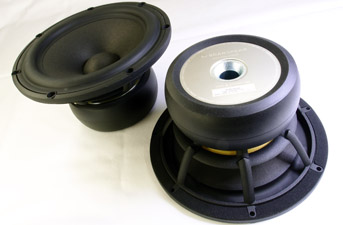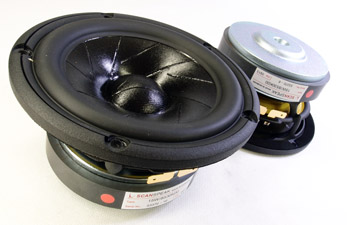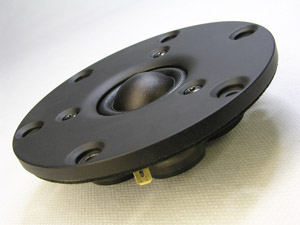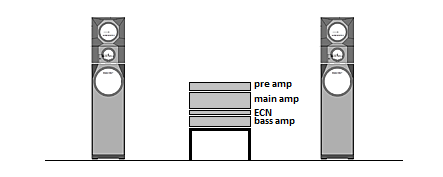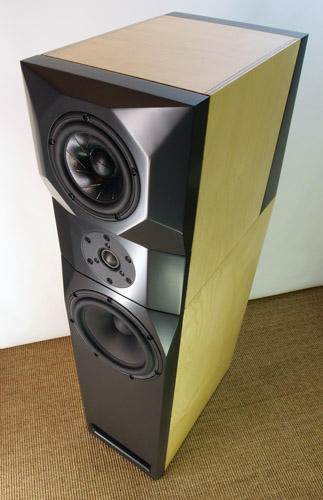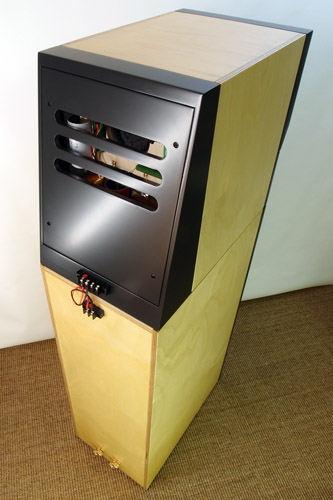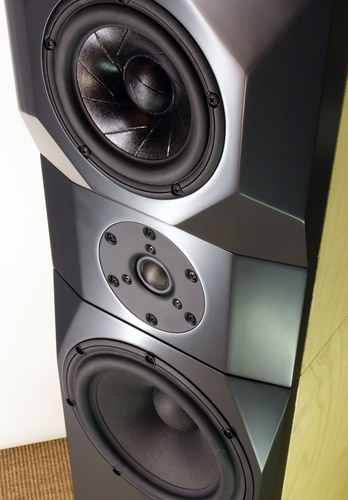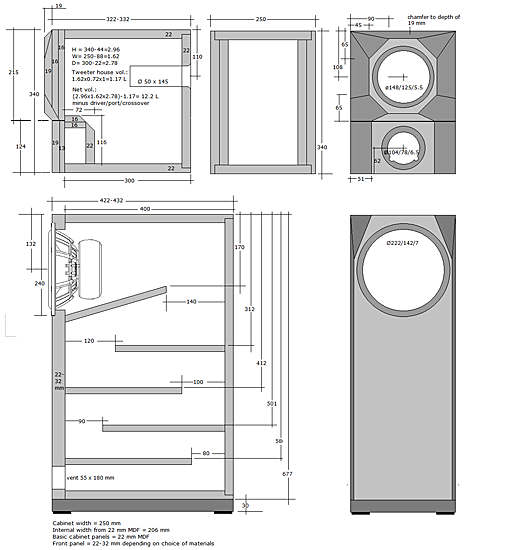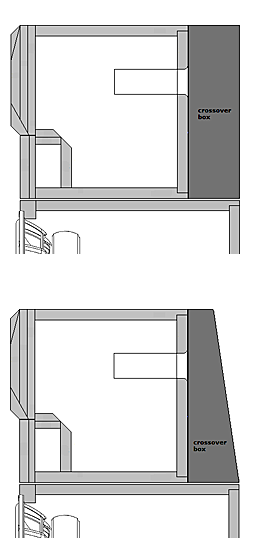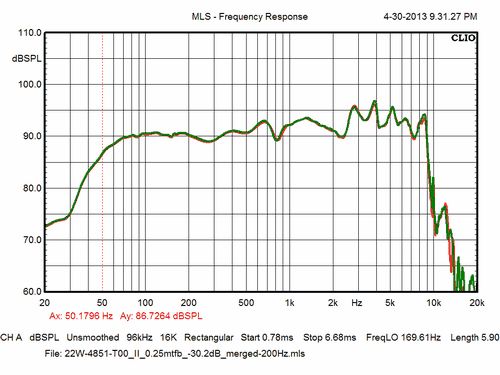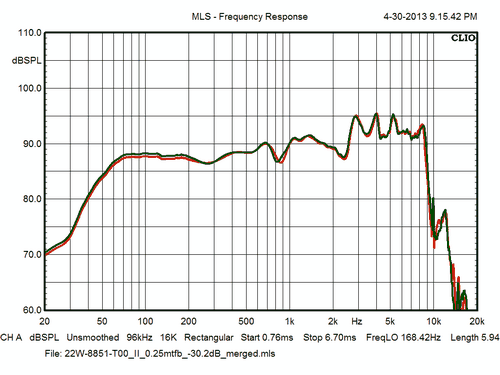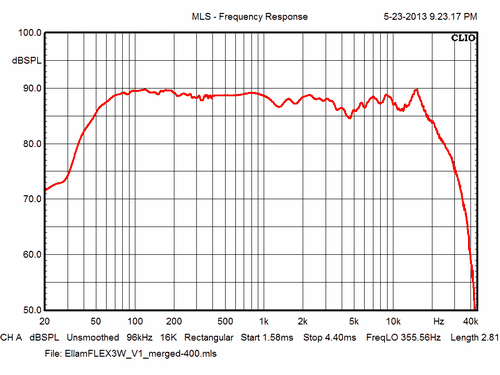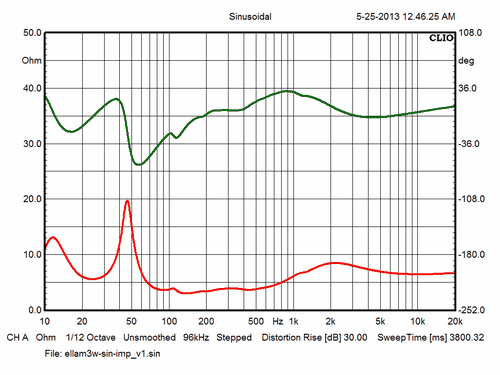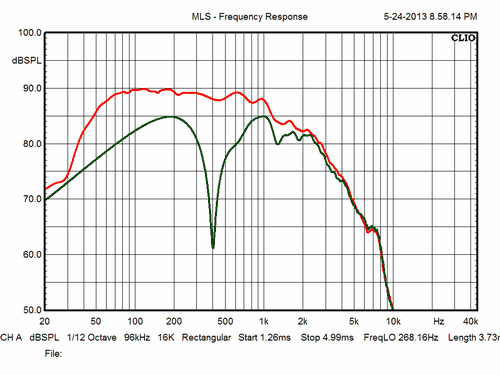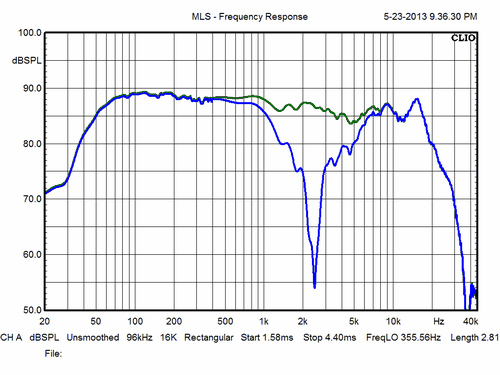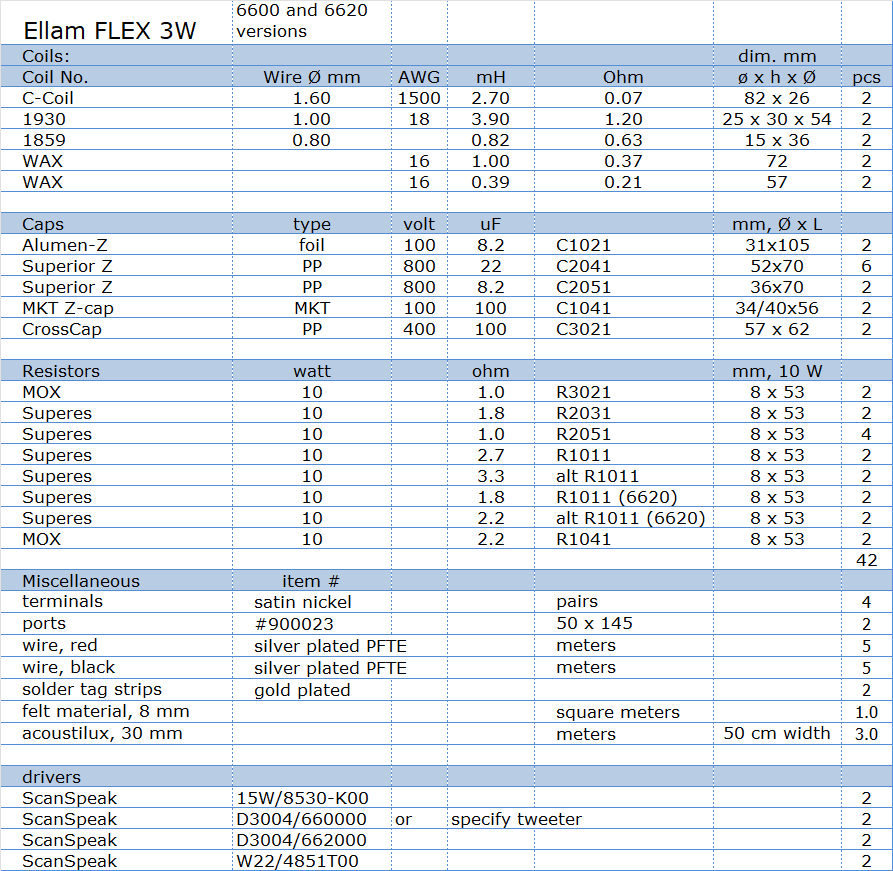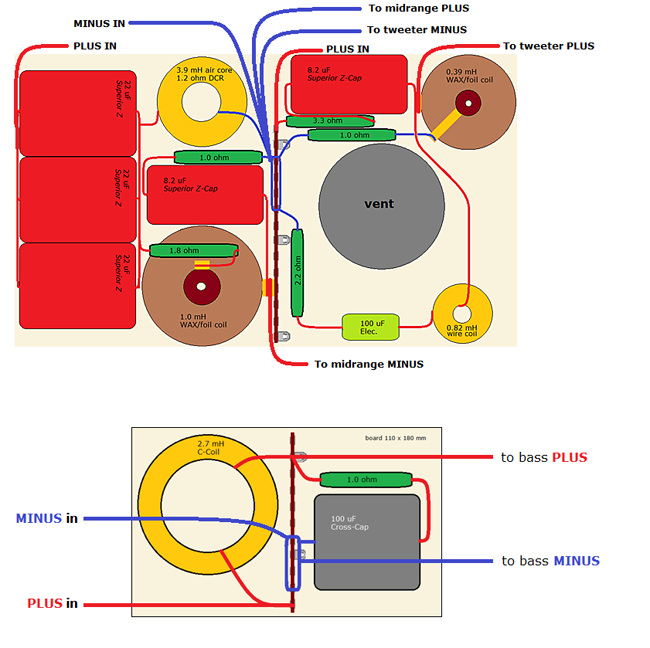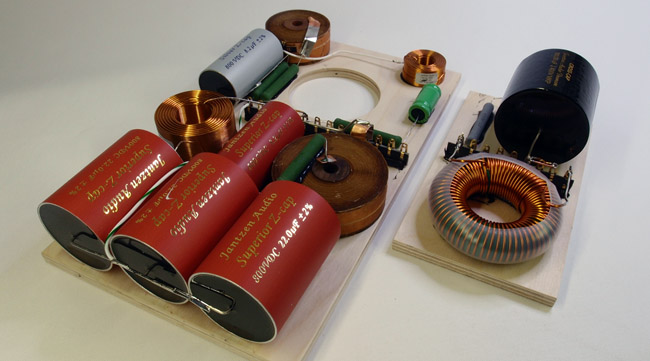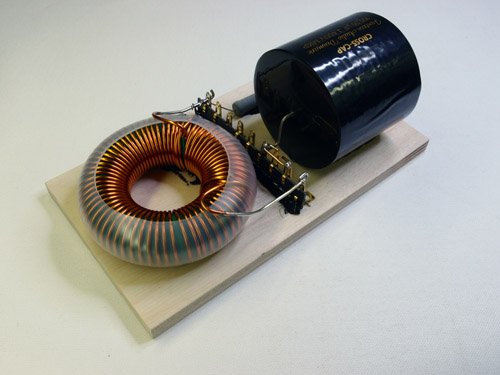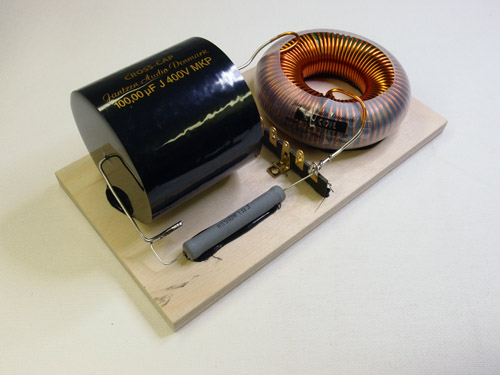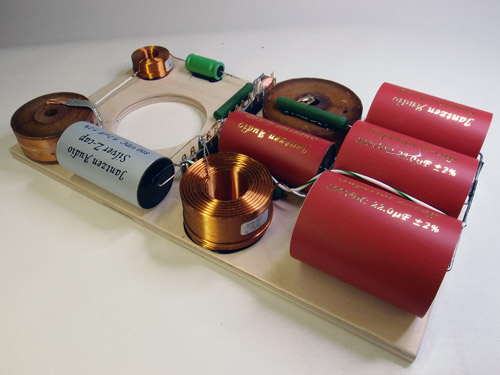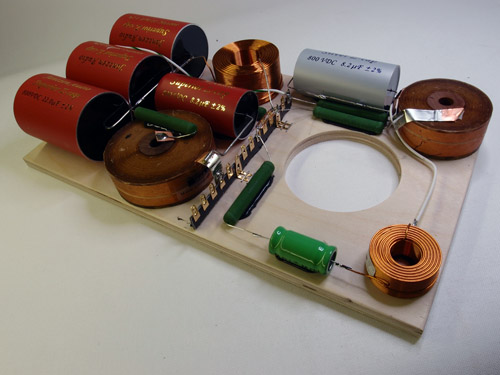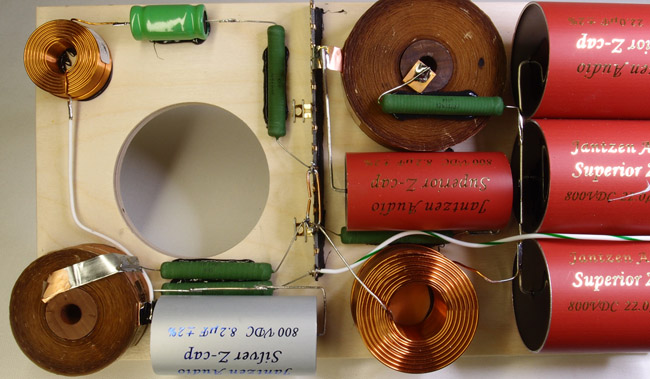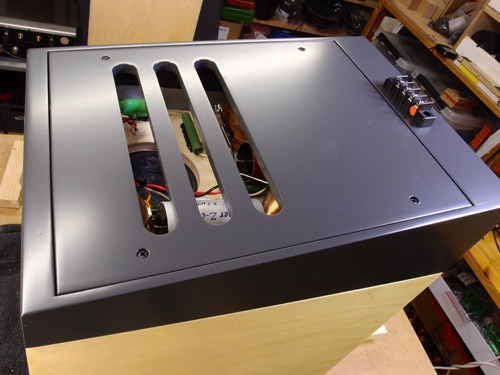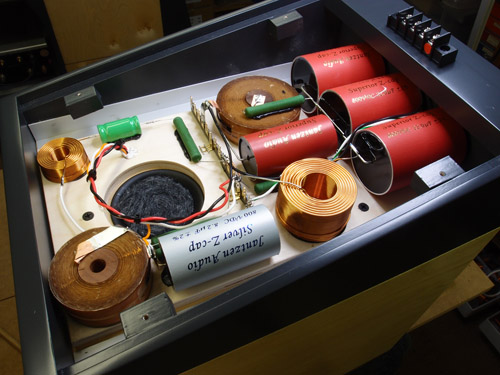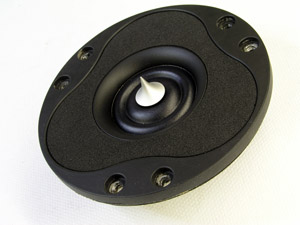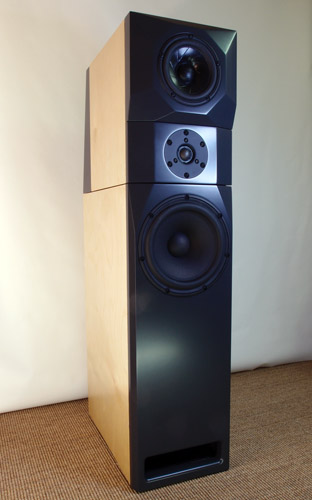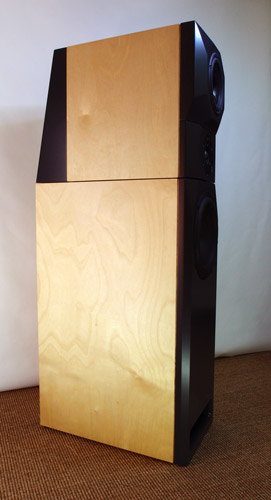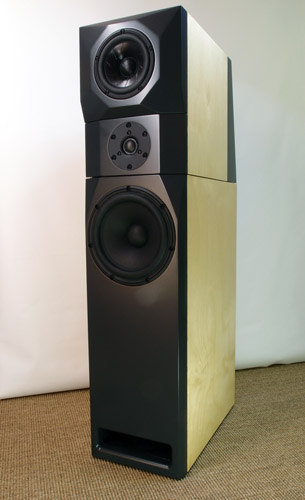|
DIY Loudspeakers: HOME INDEX UPDATES RESPONSE WHAT'S NEW
Ellam FLEX 3W Discontinued from Jantzen Audio. Buy components locally. GO TO: CROSSOVER CABINET MEASUREMENTS Speaker KIT CROSSOVER LAYOUT R3004/6620 VERSION
Download specs here: 22W/4851T00, 15W/8530-K00, D3004/660000 |
|
|
Intro
Have you already built the
Ellam FLEX 2-way and want to move on with the electronic crossover version, the path is
simple. Build the bass cabs and buy the bass drivers. I recommend the
4 ohms version although the 8 ohms bass drivers are fully acceptable.
Should you also want to try the passive version, buy the 4 ohms bass
drivers as only a crossover for this version will de developed.
What kind of electronic crossover you should buy is fully up to you. I use the dbx 223xs with XLR connections. Make sure it's a 24 dB LR filter with adjustable point of crossover and level regulation. If you use a digital crossover, any setting should be available. Try it out and please report back and I may post your findings.
With the electronic crossover I found the most balanced sound from setting
the point of crossover between 220 Hz and 280 Hz. In principle the Ellam
FLEX 2-way is a full range speaker and you could use the bass modules
as dedicated subwoofers up to e.g. 60-80 Hz. However, going below 200
Hz, the Ellam FLEX starts sounding thin and lack the power in the
100-200 Hz range larger speakers can manage. There's an awful lot of
energy in 100-200 Hz range and from my preferred 240 Hz point of
crossover we have a full-blown 3-way speaker with lots of dynamics and
low-end fullness.
You cannot use any other drivers than those specified or you need a new crossover, and I can't help. Please read here: http://www.troelsgravesen.dk/crossovers.htm (e.g. you cannot use the 8 Ohm version of the bass driver. The bass driver determines the overall system sensitivity and any change here, changes all parametres.) Basics: 3-way speaker. System sensitivity: 88 dB/2.8V, 1 meter. Impedance: 4 Ohms, minimum 3 Ohms @ 150 Hz. Crossover: Low-order LR2 filter, 400 Hz and 2500 Hz. Power requirement: 25+ wpc. Power handling: 100 watts, but please also read this: http://www.troelsgravesen.dk/power-handling.htm, and remember any burned driver is a misused driver. The Sound
I'm really, really pleased with the sound these speakers and I'm happy to discontinue some of the former Ellam
2-ways and the Jazzman 3-way. These new speakers are simply better and
throw a solid sound stage from a significant smaller footprint
compared to the Jenzen speakers. Listening to Stravinskij (Sacre du
Printemps) over the Ellam F3Ws here from my desk next to the door into
our living room, I easily forget it's not the Jenzen ATSs running.
Level of transparency is everything I hoped for and I run to say the
Grail phono stage and
Glowmaster KT88 power amp plays
a role here. Only pleased the Ellam F3W delivers the goodies when
asked to.
I'm almost sorry to say the passive version performs better than the active as so many love electronic crossovers. There may be several reasons for this. First of all LR2 sound different from LR4. I always found LR4 to have a certain slightly flat presence sound. The LR4 filter is superior in terms of even power response but lacks the soundstage depth of the LR2. How an electronic LR2 would sound I can't tell because I don't have one. I guess they would be quite similar. Bi-amping the Ellam FLEX 3W takes the Ellam F3W speaker to another level. The GlowMaster obviously runs the mid-tweeter and a new 200 wpc digital amp runs the bass drivers.
Ellam FLEX 3W passive CROSSOVER, 4
ohms bass driver
Basic simulation came very close to this, only L2041 and R1011 (as always) had to be adjusted by ear. L2021 is a high-ohmic coil, DCR = 1.2 ohm. C2021 is made from 3 x 22 uF in parallel. The C-coil for bass (L311) allows extremely low DCR. R2031 and R1011 are the resistors for tweaking midrange and tweeter level. I had a hard time deciding between 1R8 and 2R2 for R2031 but ended up with 1R8. For R1011 3R3 was soon in place. 2R2 renders a rather flat response but makes a too aggressive treble level. 2R7 if you like lots of detail. 3R3 if you want a balanced presentation of basic notes and overtones.
Points of crossover: 400 and 2500 Hz, 12 dB LR.
If you want to make a bass reflex cabinet, go for 40 litre and a port
tuning of 35 Hz. SketchUp file available here. Go to cabinet construction page Measurements may
give us an idea of tonal balance of a system, i.e. too much or
too little energy in certain areas. Measurements may tell us
about bass extension if far-field measurements are merged with
near-field measurements. In addition to this ports may contribute
to bass extension. Most of us diy'ers do not have access to an
anechoic room for full-range measurements from 20-20000 Hz. Left: SPL of @ 0.25 meter, normalised for 2.8V/1 meter from 22W/4851T00 (both drivers) on a 30 x 100 cm baffle, mounted 40 cm from top. Right: Same for 8 ohms version, 22W/8851T00. All merged with near-field response at 200 Hz. Drivers mounted in 33 litre closed cabinet. This to start getting an idea of where the system sensitivity will end for the 3-way passive crossover. My intention is to only make a passive crossover for the 4 ohms bass driver as we here seem to be able to get something in the range of 89-90 dB system sensitivity. If I calibrate my measuring system against the ScanSpeak R2604/832000 tweeter I would reduce my readings with something like 0.50-0.75 dB, thus I think can safely target the system sensitivity at 88 dB/2.8V/1 meter for the 4 ohms bass driver system. Final system measurements for 22W/4851T00
system.
Right: System impedance. Minimum = 3 ohms at 150 Hz. For the newbee this means a 4 ohms speaker and your solid state amp will have no trouble driving them. For valve lovers, you need minimum 50 watts push-pull, preferably 80-100 watt, to fully exploit this speaker. Low-wattage SET amps are not recommended.
Left: When measured with reverse polarity the response is not merged at 250 Hz as this would look misleading.Bass-mid: 400 Hz. Right: Mid-tweeter: Point of crossover = 2.5 kHz.
All technical question at: troels.gravesen@hotmail.com
CROSSOVER
LAYOUT
Since introduction, Alumen-Z
and MKT Z-caps have found their way into the crossover.
Wiring: Place the bass crossover on the rear panel behind the bass driver. Right: Stuff the mid cabinet vent with acoustilux as seen on photo to make an aperiodic tuning.Cut a piece 135 x 150 mm of 30 mm acoustilux, roll it and stuff the vent. (135 mm = length of vent). I had some grey acoustilux as seen on photo. It is not grey felt.
R3004/662000
version
6620 Crossover
Crossover Kit (same as 6600 version)
All technical question at: troels.gravesen@hotmail.com
|
